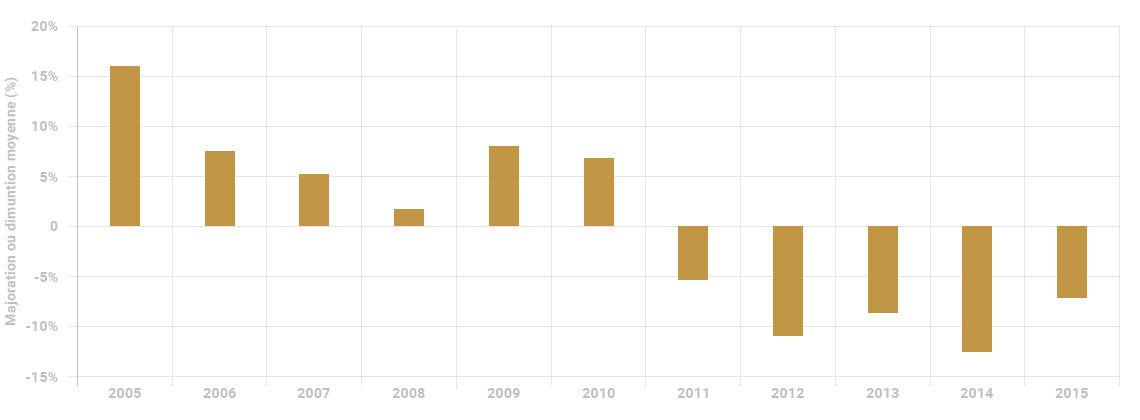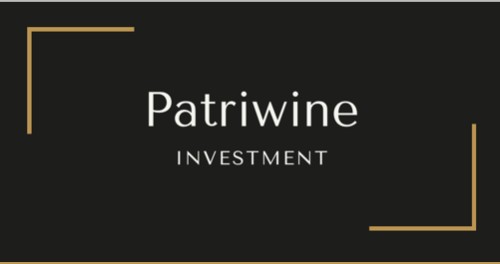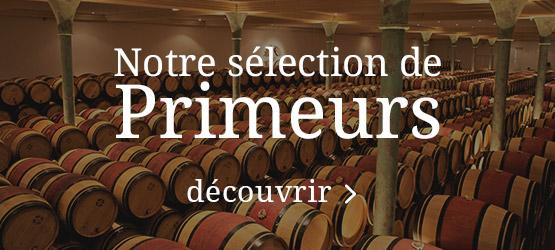
The Primeurs
Focus on primeurs
Let's briefly review how marketing works "en primeur". This involves selling wines in the process of maturing before delivery. Thus, it allows the château to collect cash and the client to buy wines "in theory" at lower prices. Is it still true? This is what we will study together.
What is the principle of fair value?
It is necessary to properly assess the exit price of the futures according to the quotations given by the best specialists. Why pay a higher price for a wine release when a previous vintage with a higher or better price will trade at a lower price? This is the principle of fair value.
It can be seen that a wine with exceptional notes will come out at exponentially higher prices, while vintages with lower notes will not necessarily have a big impact on the price. The reputation of the castle mitigates the impact of the note.
The "early sale" presents more risk for the buyer but an interesting potential. Studies also show that age also has a greater influence on prices for some wines, particularly for the latter..
What are the limits of fair value?
There is the "vintage bonus". Thus exceptional vintages such as 2009 and 2010 are traded above the average note- vintage curve. Older wines are likely to be traded at a better price than younger wines with the same score. The older a wine gets, the more valuable it becomes. The graph below clearly shows the interest of each of the vintages.
Increases applied to the prices of physical vintages (Fine Wine 50 et Left Bank 200)

How much importance should be given to the reviews' scores?
Robert Parker made the rain and sunshine until his retirement in 2013-2014. It is likely that it will be much more difficult for a single critic to become a reference value. As a result, an average of the referents' ratings should be the norm in the coming years.

